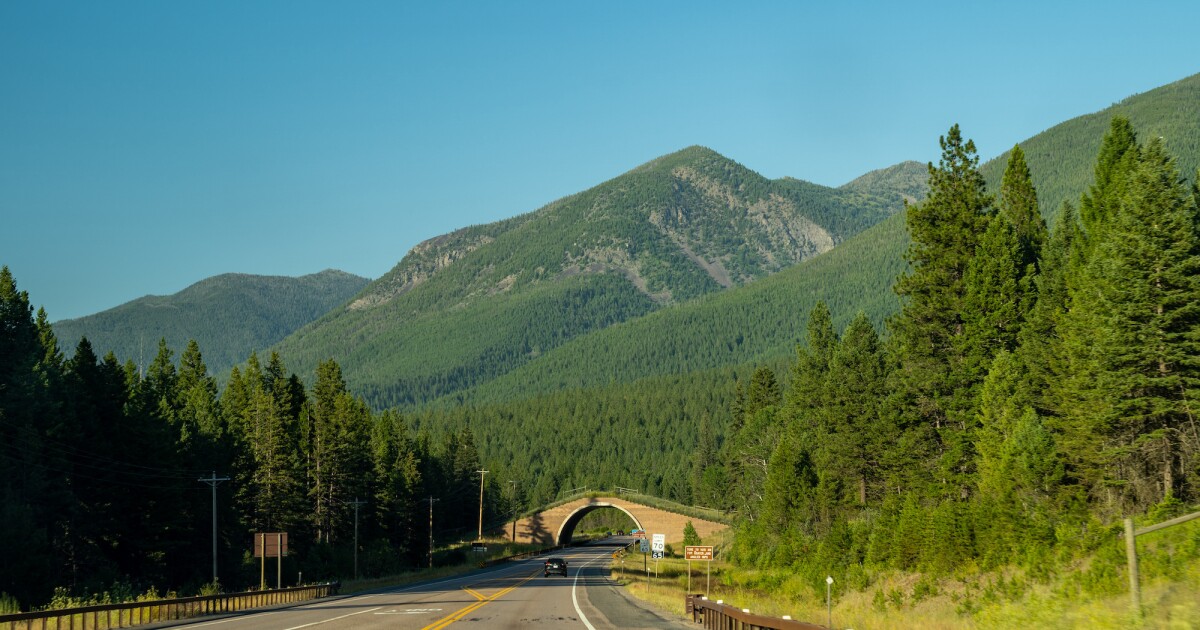According to the U.S. Department of Transportation, around 200 people die from car accidents involving wild animals every year– and many more animals are killed by cars. A new federal program is hoping to bring relief to animals and humans alike through the construction of more wildlife crossings, and much of the Mountain West will see benefits.
Funding wildlife crossings has always been a challenge, despite what experts say are clear benefits associated with them. The federal government is trying to stimulate new wildlife crossing projects through a competitive grant system. The $110 million dollar program is about a third of a funding package approved by congress in 2021 that will pay out over the next five years.
The crossings almost pay for themselves—collisions with deer have an average price tag of $9,000, not including the suffering caused by injury and death to both man and beast. Ben Goldfarb, an environmental journalist and author of a book on wildlife crossings, said building more animal crossings will also help the bottom line.
“Far from being expensive, they’re actually downright cheap when you consider all of the crashes they prevent,” Goldfarb said. “I think as those cost-benefit analyses have trickled throughout transportation departments, a lot of the engineers and politicians who were once skeptical of these sorts of solutions have really come around.”
Mountain West states are getting a big chunk of the cash. Of the money being dispersed through the program, nearly half is going to Wyoming and Colorado. But Goldfarb said the current level of funding is just a start.
“It’s a good sign that the federal government is starting to take this problem seriously,” Goldfarb said. “I think ultimately, it’s a very small fraction of the total funding that we’re going to need to make a truly meaningful dent in this problem.”
Matt Skroch, a project director for the Intermountain West and Alaska with Pew Charitable Trusts, said he supports this grant program and hopes to see it made permanent.
“There is over $200 million left in this program for the coming years, and so we’re very much looking forward to seeing additional projects apply— and hopefully secure— funding, or for more infrastructure in this vein,” Skroch said.
It will take years for the wildlife crossing infrastructure the grants will fund to be completed, but by the time they’re done, sections of rural highway across the nation will likely become safer.
